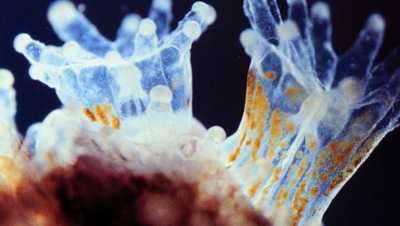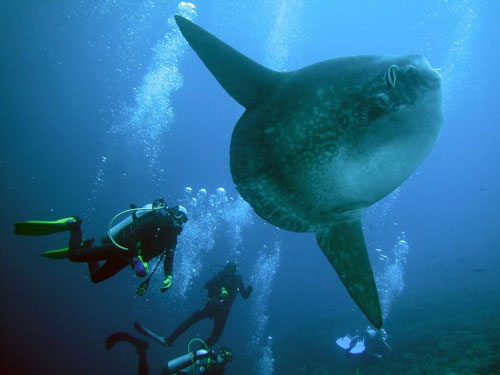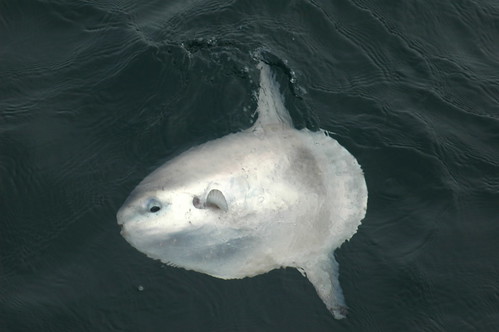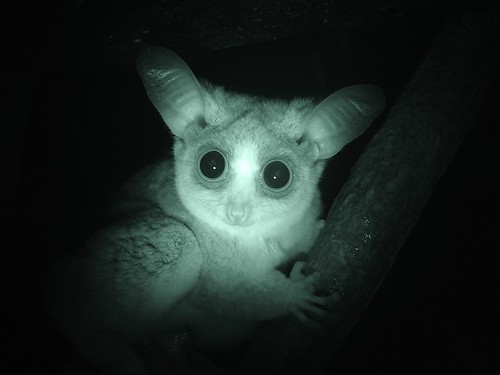My next cute animal can also be found around snow, like those snow bunnies. It likes to live in China (like its relative, the Giant Panda) and around the Himalayas. It also likes to munch on bamboo, like the Giant Panda. If there's no bamboo around or the Red Panda wants a break from eating only bamboo, it will snack on eggs, insects, birds, or little mammals.
Unlike the Giant Panda, Red Pandas are really little, just a tiny bit bigger than a kitty cat! Red Pandas have long fuzzy tails and short little limbs. Their striped tails help them camoflage with their environment.
 |
| Sleepy panda |
When it's hot outside the Red Panda likes to nap with its short little fuzzy limbs hanging over a tree branch!
Red Pandas are pretty quiet. Sometimes they make cute little whistling noises.
P.S: I almost forgot about this hilarious and cute Red Panda video about a girl living with two Red Pandas!
































